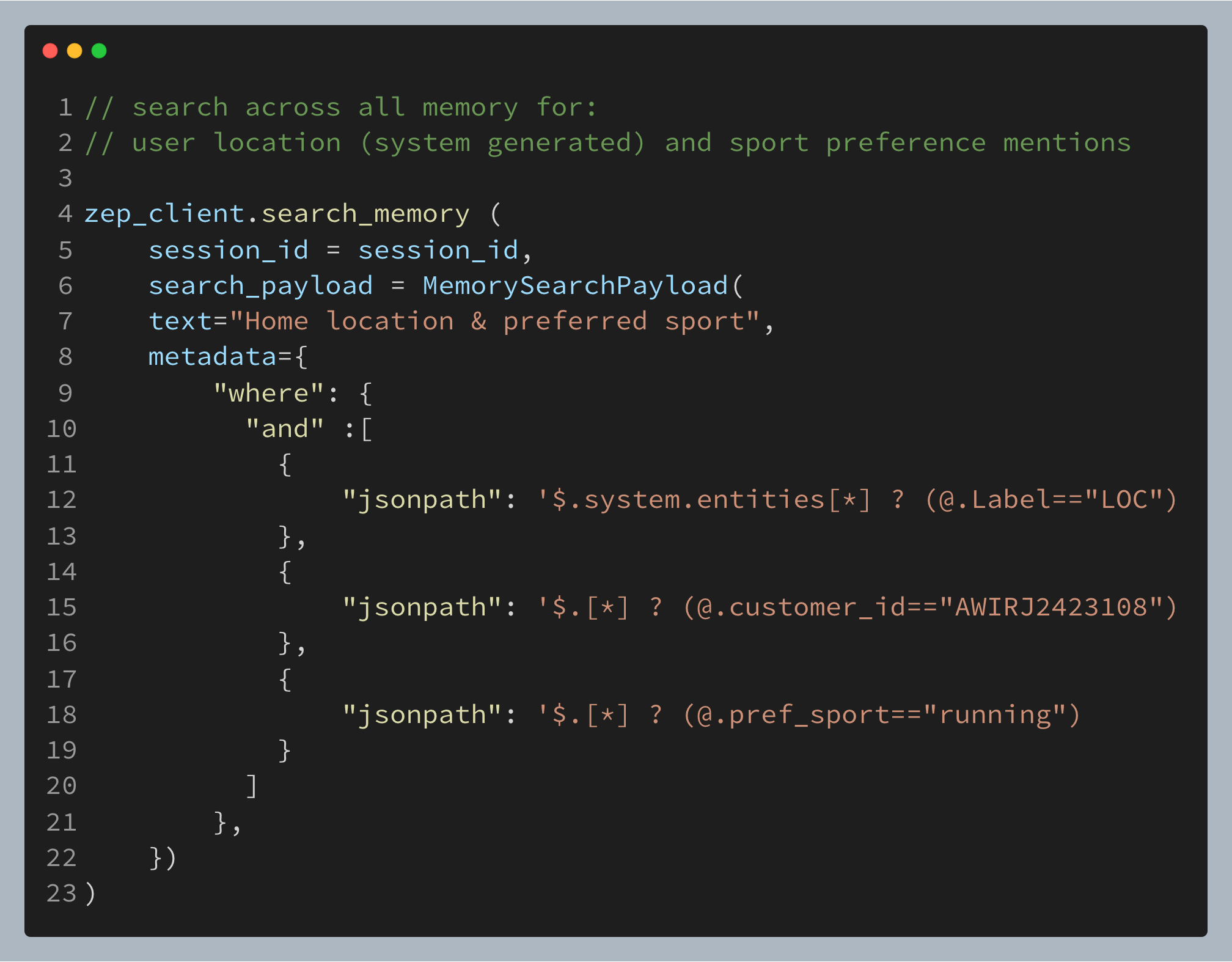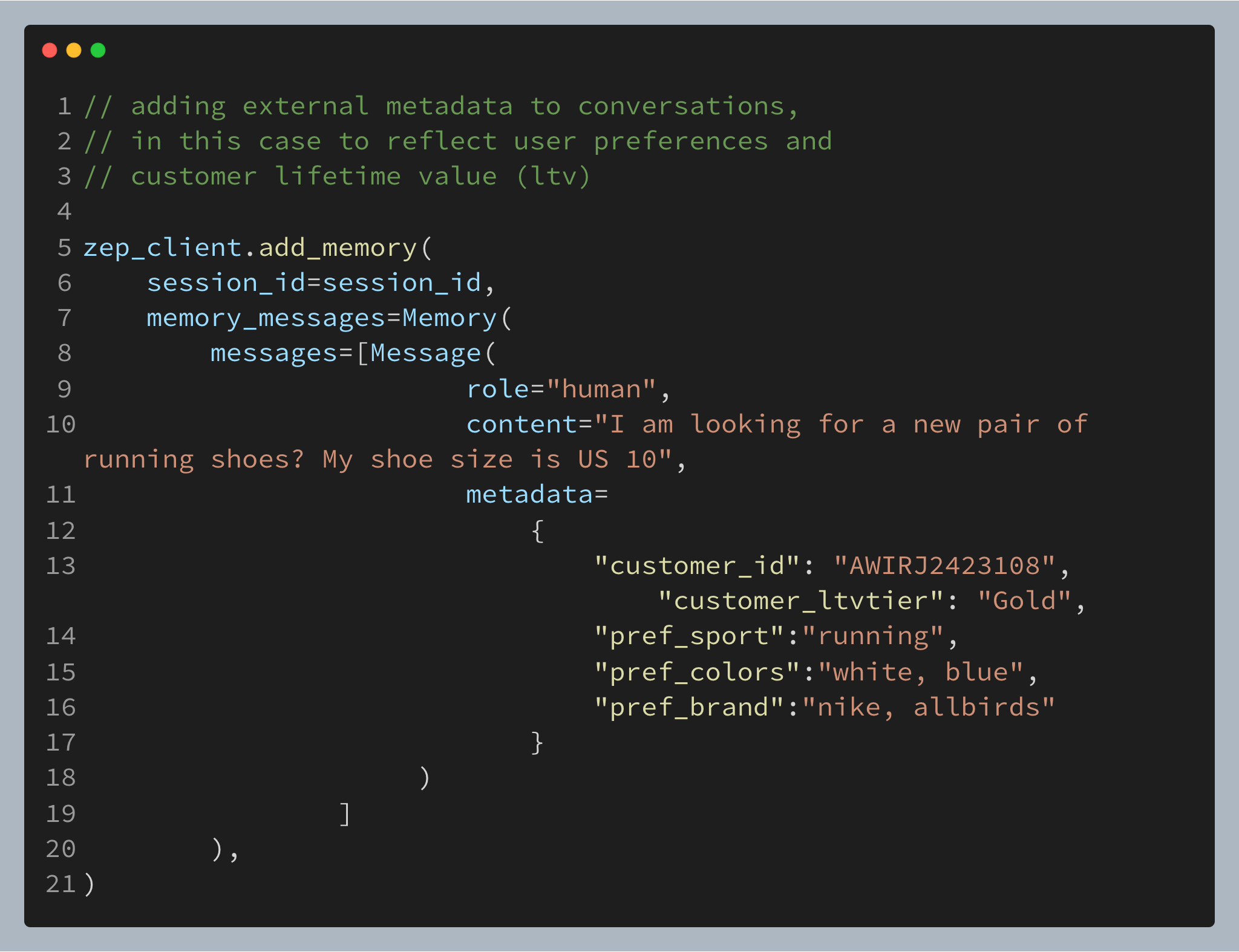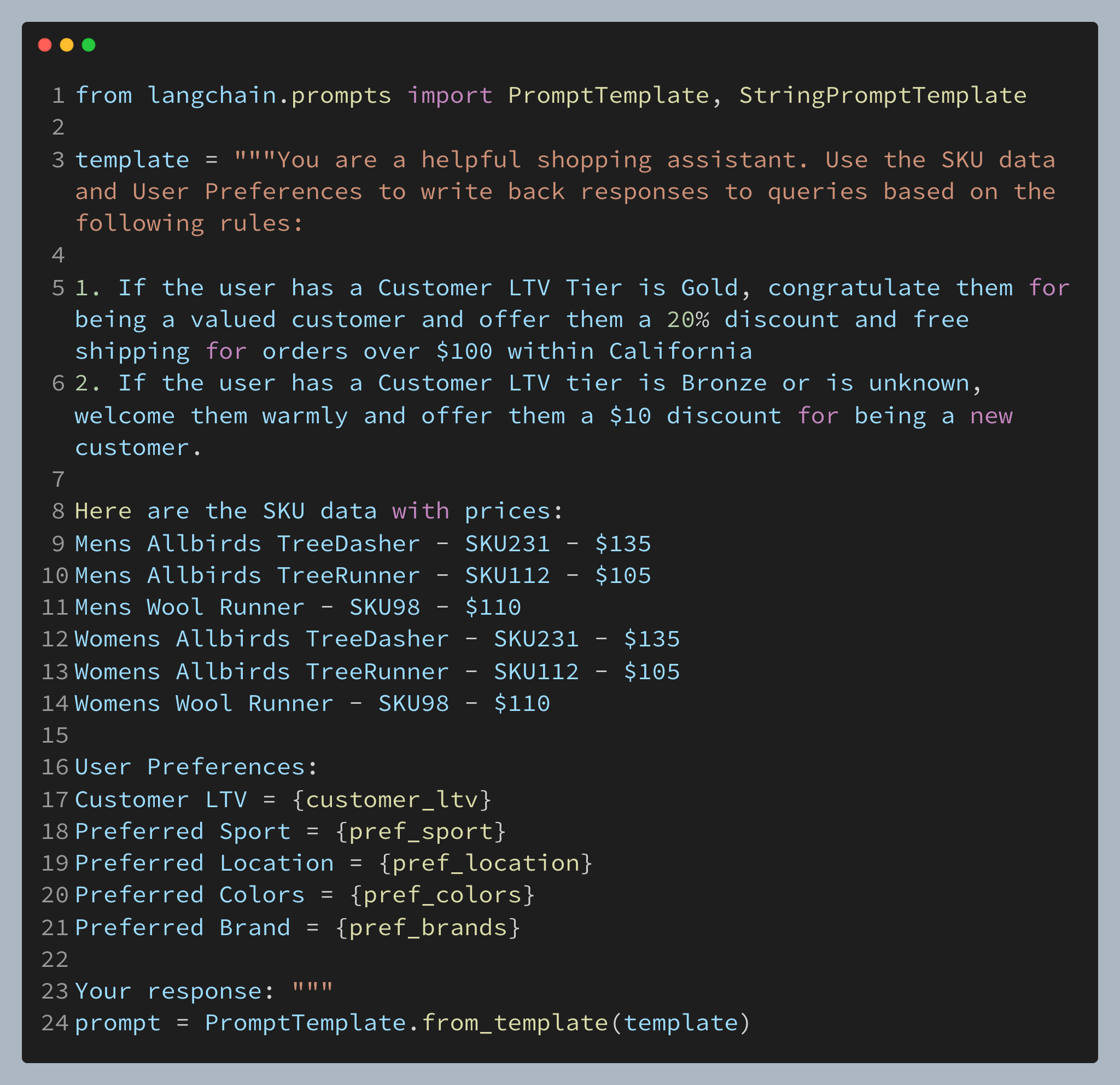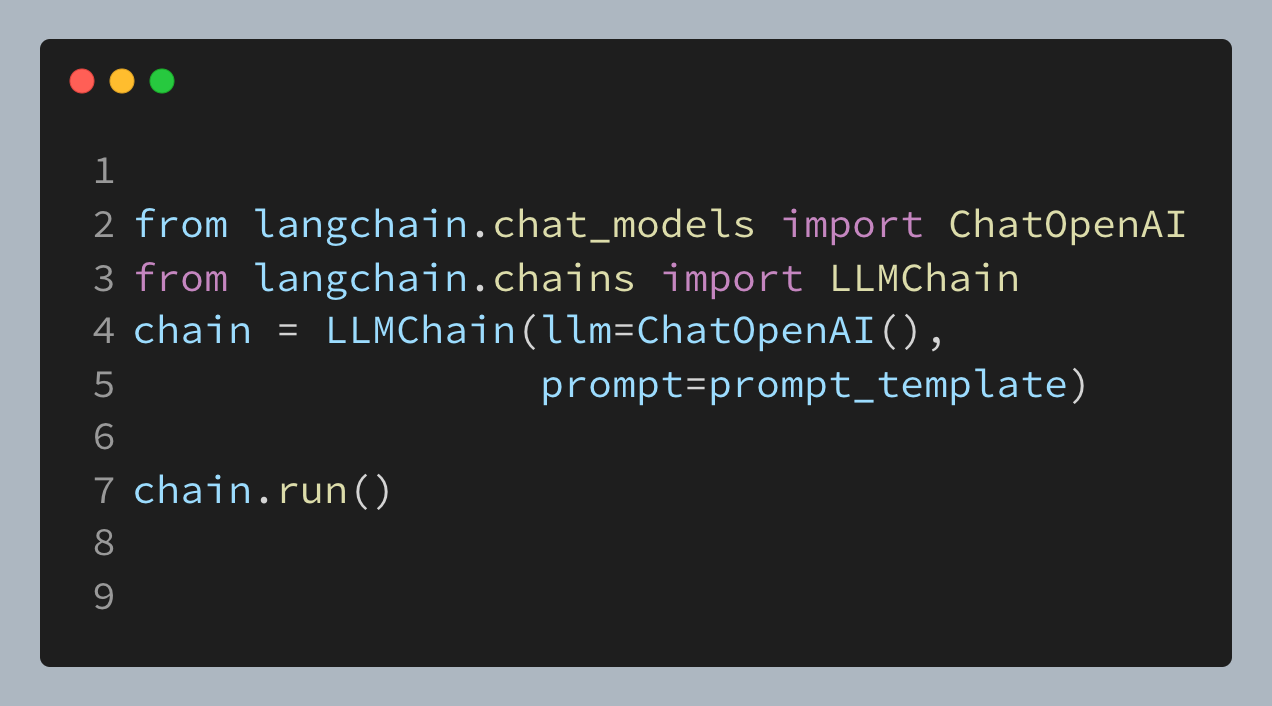Personalizing LLM Interactions: Harnessing Generative Feedback Loops
LLM Applications can be personalized using Generative Feedback Loops through advanced memory & personalization.

Large language models have revolutionized chat-based interactions, enabling sophisticated conversations with AI over unstructured content. However, maintaining chat memory and context poses a significant challenge for these models. In this blog post, we delve into generative feedback loops as a way to enrich chat memory. Feedback loops allow models to iteratively refine their understanding and memory, enhancing the quality of responses and creating more meaningful conversations.
Understanding Chat Memory
Merely storing chat memory in a database or a simple storage system is often insufficient to address the challenges associated with maintaining context and coherence in conversations. While databases provide a means to store and retrieve data, they lack the intelligence and adaptability required to effectively capture and recall important details in chat interactions. Primarily, databases are largely built to operate on structured content and require complex parsing, format synthesis, extraction and mapping to structured formats for unstructured text.
One of the limitations of traditional storage systems is their static nature. They treat chat memory as isolated data points, lacking the ability to understand the sequential and evolving nature of conversations. This restricts their capacity to provide meaningful context for generating responses in real-time.
Additionally, databases typically do not have built-in mechanisms to handle the dynamic aspects of conversations. They lack the ability to track the flow of dialogue, understand the evolving context, or refer back to earlier parts of the conversation when generating responses. As a result, models relying solely on basic storage systems may struggle to maintain coherence and may produce disjointed or irrelevant answers.
Specialized Chat memory stores like Zep address these limitations by going beyond simple storage. By incorporating enrichment into the chat memory, we can implement generative feedback loops to enhance the model's ability to maintain context, capture relevant details, and generate coherent and contextually appropriate responses.
Prompt Enrichment
Language model outputs are largely defined by how the prompts are constructed. In practice, prompt enrichment through iterative learning is the best application of generative feedback loops. For summarization and completion applications, developers often find reasonable success by simply focusing on fine-tuning prompts that extract the most accurate response. However, for conversational applications this is not sufficient. Conversational interactions tend to be long running and benefit from appropriate personalization focused enrichment like: product preferences, customer lifetime value, likes/dislikes, brand preferences etc.,
Prompt Enrichment Using Conversational History
Below is a Zep & Langchain based example demonstrating how real-time data can be extracted from conversational memory or external sources to instruct future engagements through prompt enrichments in a typical retail store example.
A User visits the store with the intent to find out more about running shoes,

These conversations can be subsequently searched if the same user returns to the store looking for shoes,
// Customer is looking for shoes
>> Human: Does Allbirds make running shoes as well? How much do they cost?
Now, use the extracted data to construct the prompt:

// Customer is looking for shoes, provide personalized AI response
>> Human: Does Allbirds make running shoes as well? How much do they cost?
>> AI: Hi Alan, yes! Allbirds make great comfortable and durable shoes specialised for runners. The Allbirds TreeDasher costs $135 and the Allbirds TreeRunner costs $105. We'd love to offer you a $10 discount today for being a new customer and welcome you to our fantastic shoe store. Prompt Enrichment Using External Metadata
Often there is rich context about the Customer in broader Enterprise systems that need to be accessed and made available to real-time prompt enrichment. In the example below, a variety of preferences are available in memory:

// Customer is looking for shoes
>> Human: Does Allbirds make running shoes as well? How much do they cost?When engaging with this user, use the additional meta-data to construct enriched prompt.

Use this in a chain,

// Respond back to the Customer, provide personalized AI response
>> Human: Does Allbirds make running shoes as well? How much do they cost?
>> AI: Hi Alan, yes! Allbirds make great comfortable and durable shoes specialised for runners. The Allbirds TreeDasher costs $135 and the Allbirds TreeRunner costs $105. Thank you for being a valued customer! As a token of our appreciation we'd love to offer you a 20% discount on your purchase today and free shipping to any location within California. While these examples are simple and trivialized, we believe it illustrates the power of long term memory for personalization of production scale LLM based chat applications.
Overall, incorporating generative feedback loops requires a more intelligent approach to chat memory management. It involves analyzing and processing the conversation history in a way that captures not just the textual content but also the underlying context, user intents, and relevant metadata. This richer representation of chat memory enables models to make more informed decisions and generate more accurate responses. Extracting keywords, analyzing sentiment, clustering across topics/subjects/products, co-relating conversations to structured order data and more offer opportunities for deep personalization. By leveraging iterative processes and user feedback, large language models can generate responses that exhibit coherence, contextual understanding, and error correction.
Zep is an advanced platform for long-term memory storage and enrichment which natively facilitates generative feedback loops. By storing conversations in Zep, the platform automatically analyzes, enriches and continually vectorizes memory, enabling continuous learning and relevant personalization. We believe that the memory layer for LLM offers a secure, scalable platform for mature production applications. Explore Zep today and let us know what you think!
Follow the Zep Quick Start Guide for installation and SDK instructions.
Additional Reading
- Introducing Zep: Long-term Memory Storage and Enrichment for AI Apps - https://www.getzep.com/introducing-zep-memory-ai/.
- Synergizing Acting and Reasoning in Language Models. Yao et al. 2022. https://arxiv.org/abs/2210.03629.
- Chain-of-Thought Prompting Elicits Reasoning in Large Language Models. Wei et al. 2022. https://arxiv.org/abs/2201.11903.
